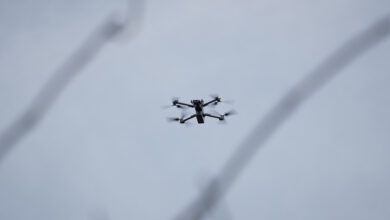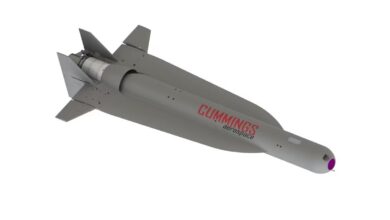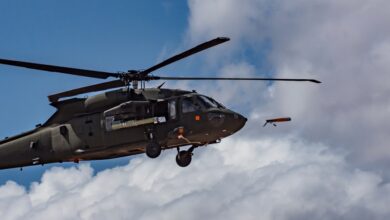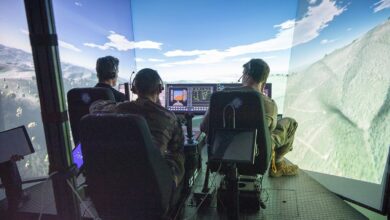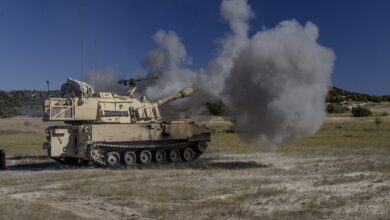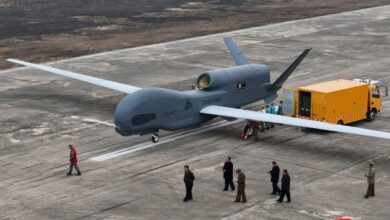The US Army practiced drone-assisted battlefield blood delivery in a recent Project Convergence 22 exercise.
An FVR-90 drone flew with blood packages in the Mojave desert, dropping them off at Fort Irwin in a simulated mass-casualty situation.
The parachute-tethered packages then reached the ground for collection by medics, while an autonomous portable refrigeration unit kept the blood refrigerated at the site.
Lessons From Past Conflicts
Army medical officials recommended drone-assisted blood delivery as one of seven research fields to improve the Pentagon’s blood supply program in the summer.
Lessons from the Iraq and Afghanistan wars and the ongoing Ukraine-Russia conflict informed the recommendations, Stars and Stripes wrote, citing service researchers.
Costs Less Without Risking Lives
The US enjoyed “complete air superiority” in Iraq and Afghanistan, which allowed safe and speedy evacuations of wounded soldiers by helicopter.
However, against a more capable adversary with modern air defenses and aircraft, the situation would be more challenging, the outlet observed.
“I think it’s going to come down to drone delivery of blood by some type of unmanned vehicle that can fly in and drop off more blood or more bullets, whatever is needed,” Stars and Stripes quoted US Air Force Col. Stacy Shackelford.
Apart from being speedier and safer, drone-assisted blood supply also costs less than other methods.





